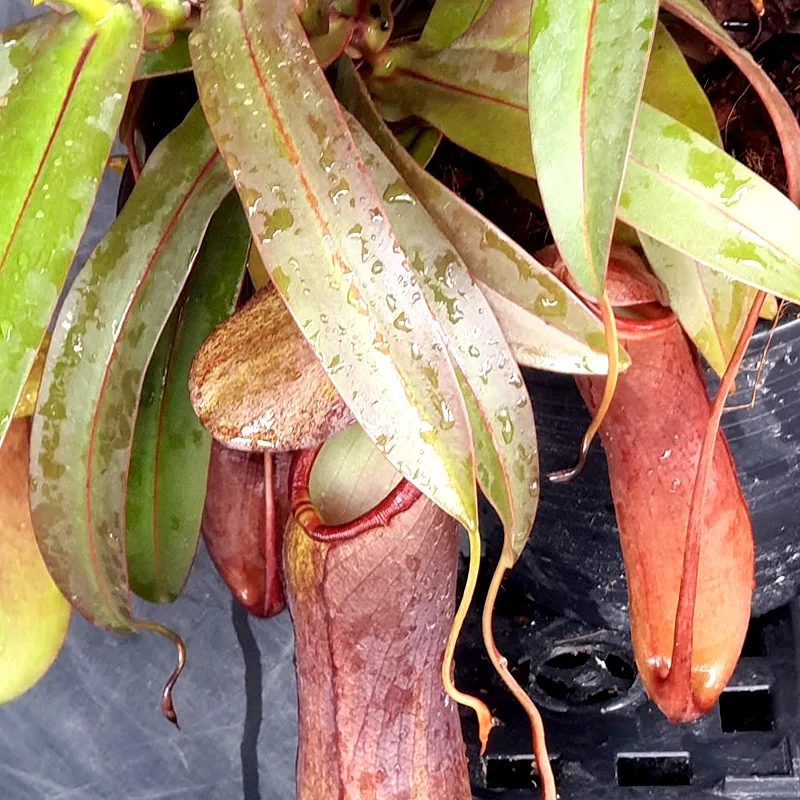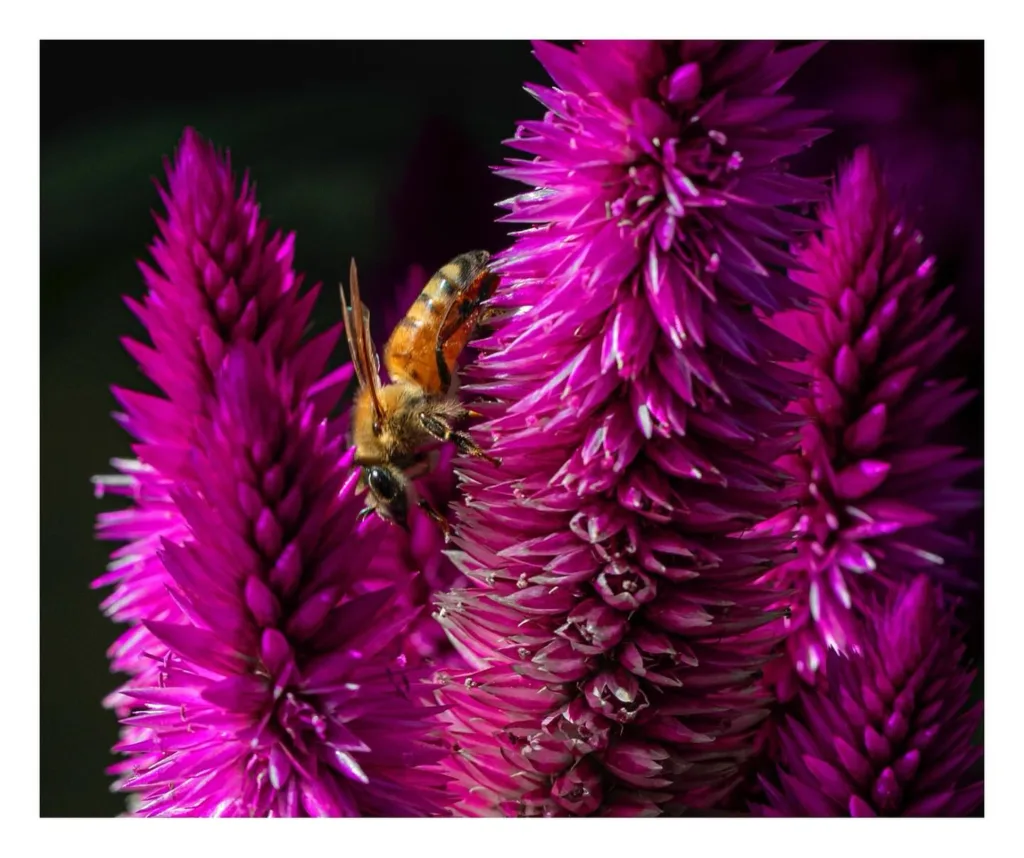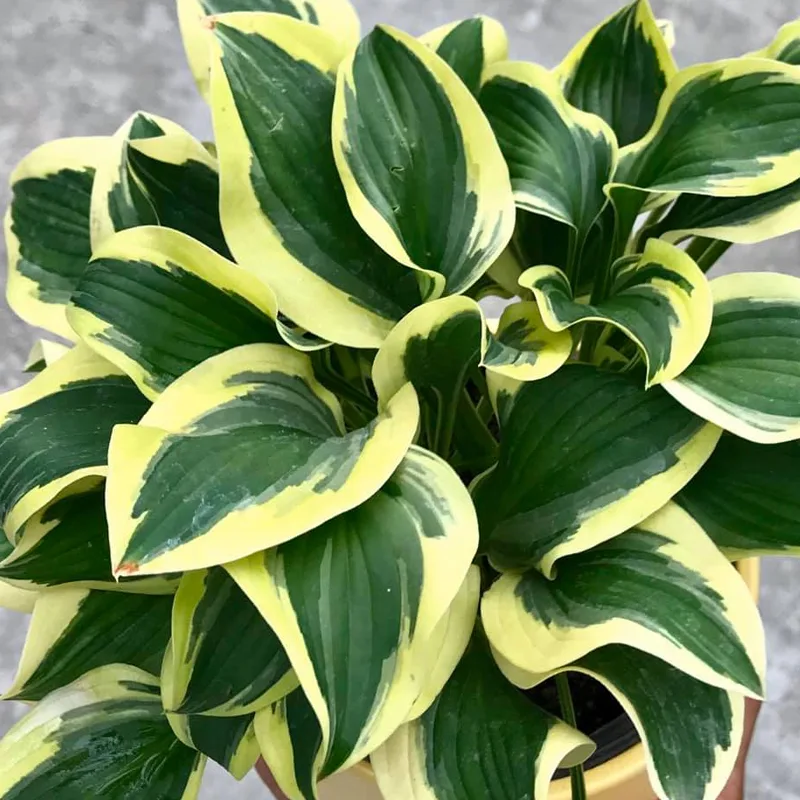Hedera Hibernica vs Hedera Helix
I’ve found Hedera Hibernica to be a bit more robust and tolerant of varying conditions compared to Hedera Helix, which I’ve noticed tends to be a bit finicky with its growth.
21 Species in Genus Hedera
Is Hedera Hibernica poisonous?
Yes, Hedera hibernica, also known as Irish Ivy, is slightly poisonous throughout the entire plant, including the leaves and berries.
Here’s a breakdown of the toxicity:
- Effects: Ingestion of any part of the plant can cause stomach upset, vomiting, diarrhea, and may cause skin irritation in some individuals.
- Risk Groups: Children under five are most susceptible to serious effects due to their smaller body size. Pets like cats, dogs, and horses can also be poisoned if they ingest the plant.
- Severity: While unpleasant, the poisoning symptoms from Hedera hibernica are usually not life-threatening.
Here are some safety tips to keep in mind:
- Keep out of reach: If you have children or pets in your household, it’s best to plant Hedera hibernica in an area where they cannot easily access it.
- Wear gloves: Consider wearing gloves when handling the plant, especially if you have sensitive skin.
- Wash hands: Wash your hands thoroughly after handling the plant.
- Seek medical attention: If you suspect someone or a pet has ingested Hedera hibernica, contact a poison control center or seek medical attention immediately.
Overall, Hedera hibernica is a beautiful plant but exercise caution if you have children or pets around.
How to get rid of Hedera Hibernica?
Here are some methods you can use to get rid of Hedera Hibernica (Irish Ivy) depending on the severity of the infestation and your preference:
Manual Removal:
- Effective for smaller areas: This method is best suited for smaller patches of ivy or when you want to remove it from delicate surfaces.
- Process:
- Wear gloves and long sleeves for protection.
- Carefully pull up the ivy vines by hand, ensuring you remove as much of the root system as possible.
- Use a trowel or weeding fork to help loosen stubborn roots.
- Be persistent, as any remaining root fragments can sprout new growth.
- Disposal: Bag the removed ivy and dispose of it properly. Don’t compost it, as it can sprout again.
Chemical Control:
- Faster results for larger areas: Herbicides can be a faster and more effective option for larger infestations. However, it’s important to use caution and follow the instructions carefully.
- Choose the right herbicide: Look for a systemic herbicide containing glyphosate that is labeled for use on ivy control.
- Application methods: There are different application methods depending on the product:
- Foliar spray: For actively growing ivy, a foliar spray can be applied directly to the leaves.
- Cut-stem application: For controlling ivy growing on trees or structures, a cut-stem application might be more effective. Here, you cut the stem and then apply the herbicide directly to the cut surface.
- Safety precautions: Always wear protective gear like gloves, goggles, and long clothing when using herbicides.
- Environmental considerations: Be mindful of the potential impact of herbicides on nearby plants and beneficial insects. Consider spot-treatment methods to minimize the area exposed.
Smothering:
- Effective for groundcover ivy: This method involves smothering the ivy to deprive it of sunlight and prevent photosynthesis.
- Process:
- Cover the infested area with a thick layer of cardboard, weed fabric, or several layers of newspaper.
- Secure the material with weights or stakes to prevent wind from blowing it away.
- Leave it in place for several months (ideally over winter) until the ivy underneath is dead.
- Considerations: This method can take longer than other approaches and may not be suitable for all areas.
Additional Tips:
- Persistence is key: Regardless of the method you choose, eliminating Hedera Hibernica requires persistence. You may need to repeat the process several times, especially for established infestations.
- Be mindful of surrounding plants: When using herbicides or smothering techniques, be careful not to harm desirable plants in the vicinity.
- Professional help: For large infestations or if you’re unsure about tackling the job yourself, consider hiring a professional landscaping service experienced in ivy removal.
By following these methods and exercising caution, you can effectively control and remove Hedera Hibernica from your garden or landscape.
If i die, water my plants!



